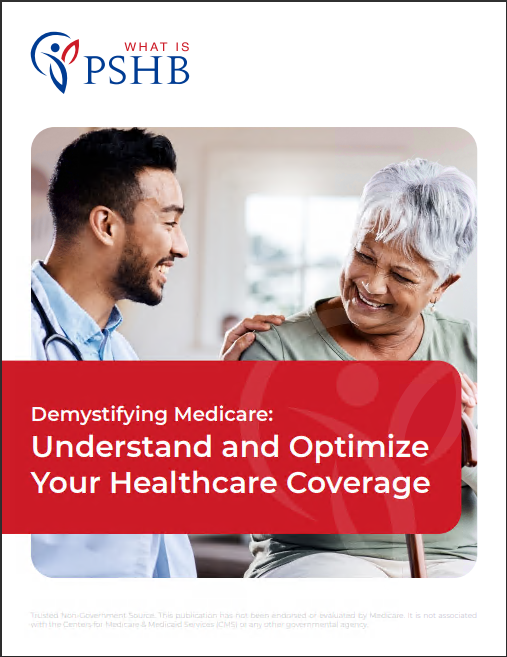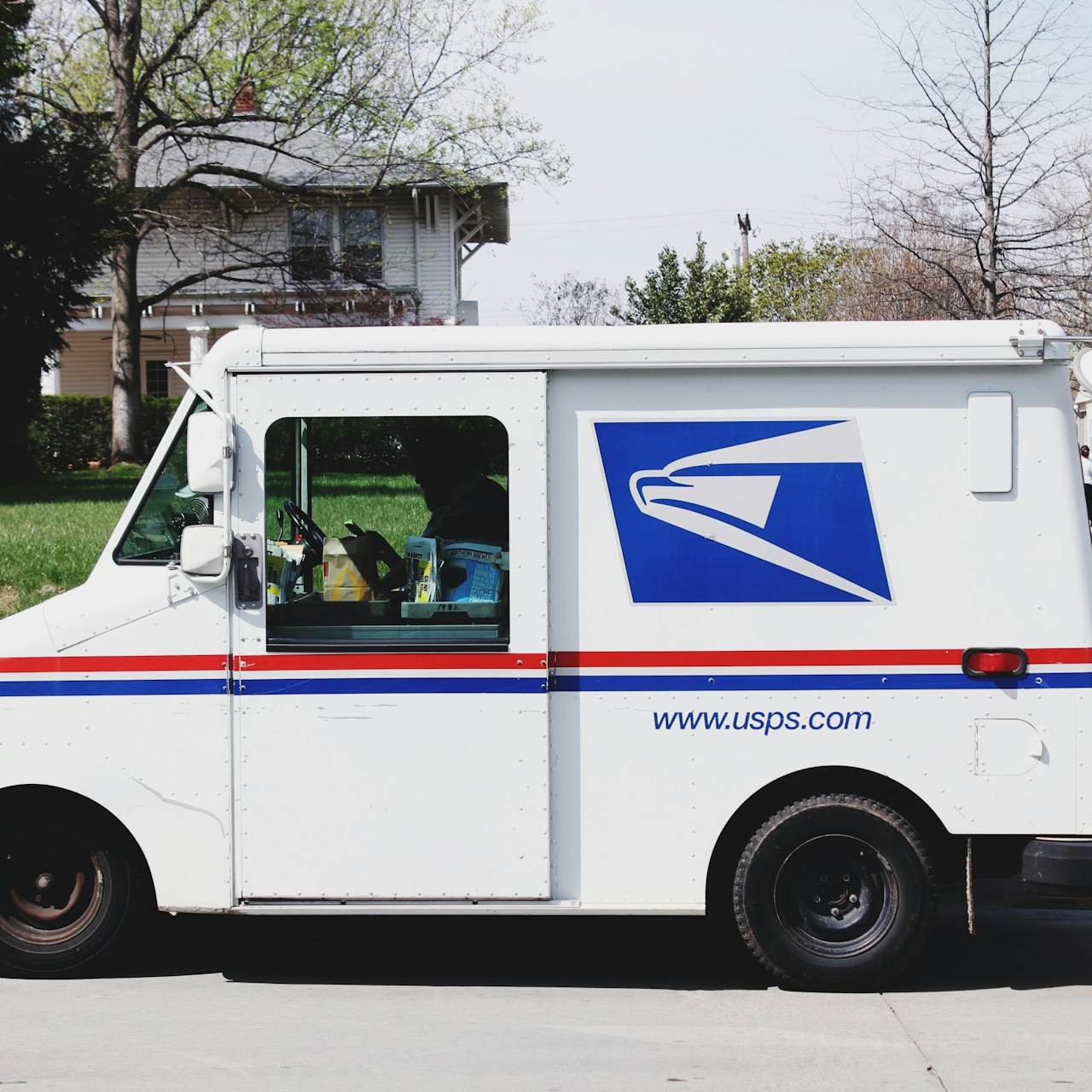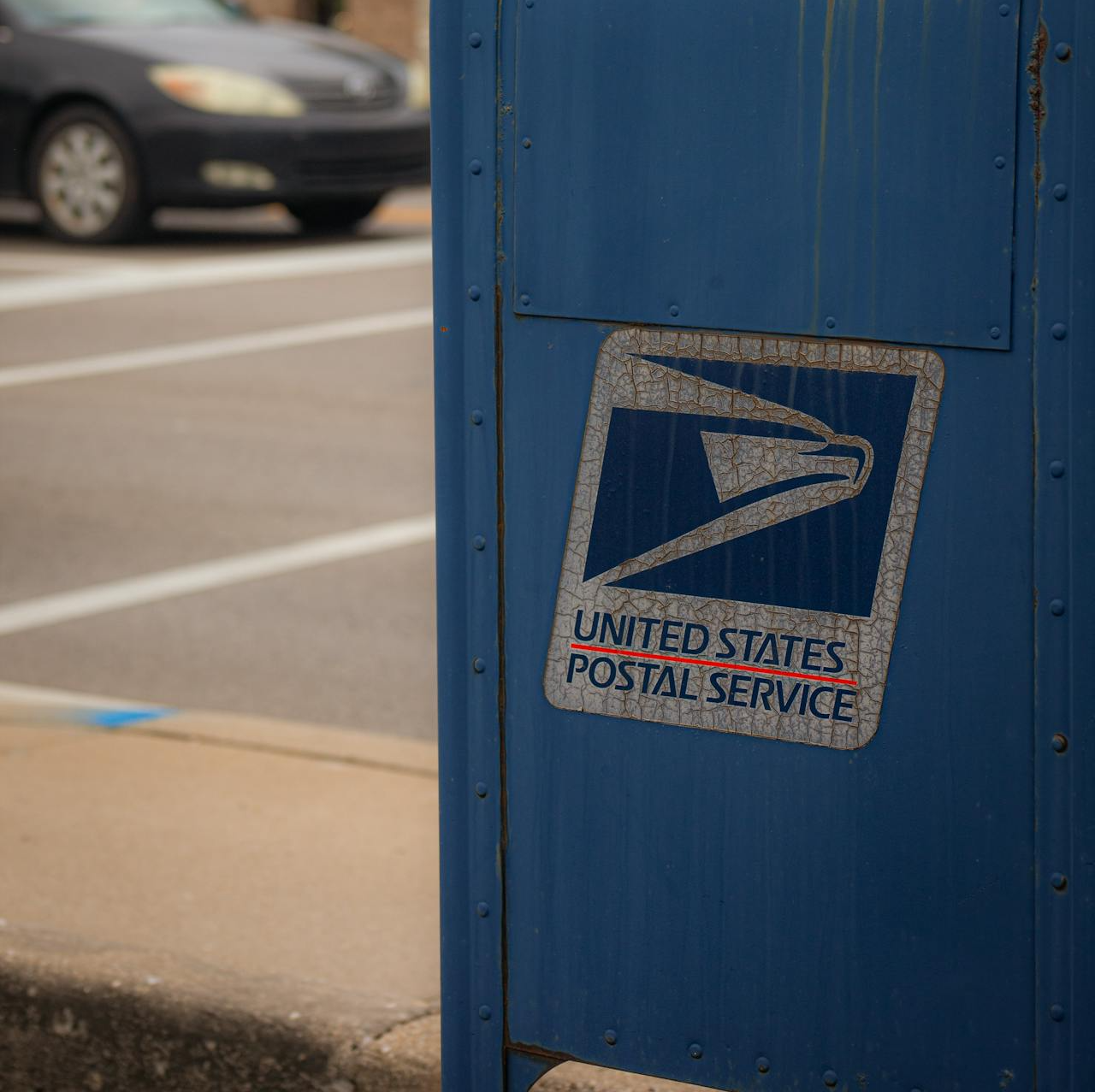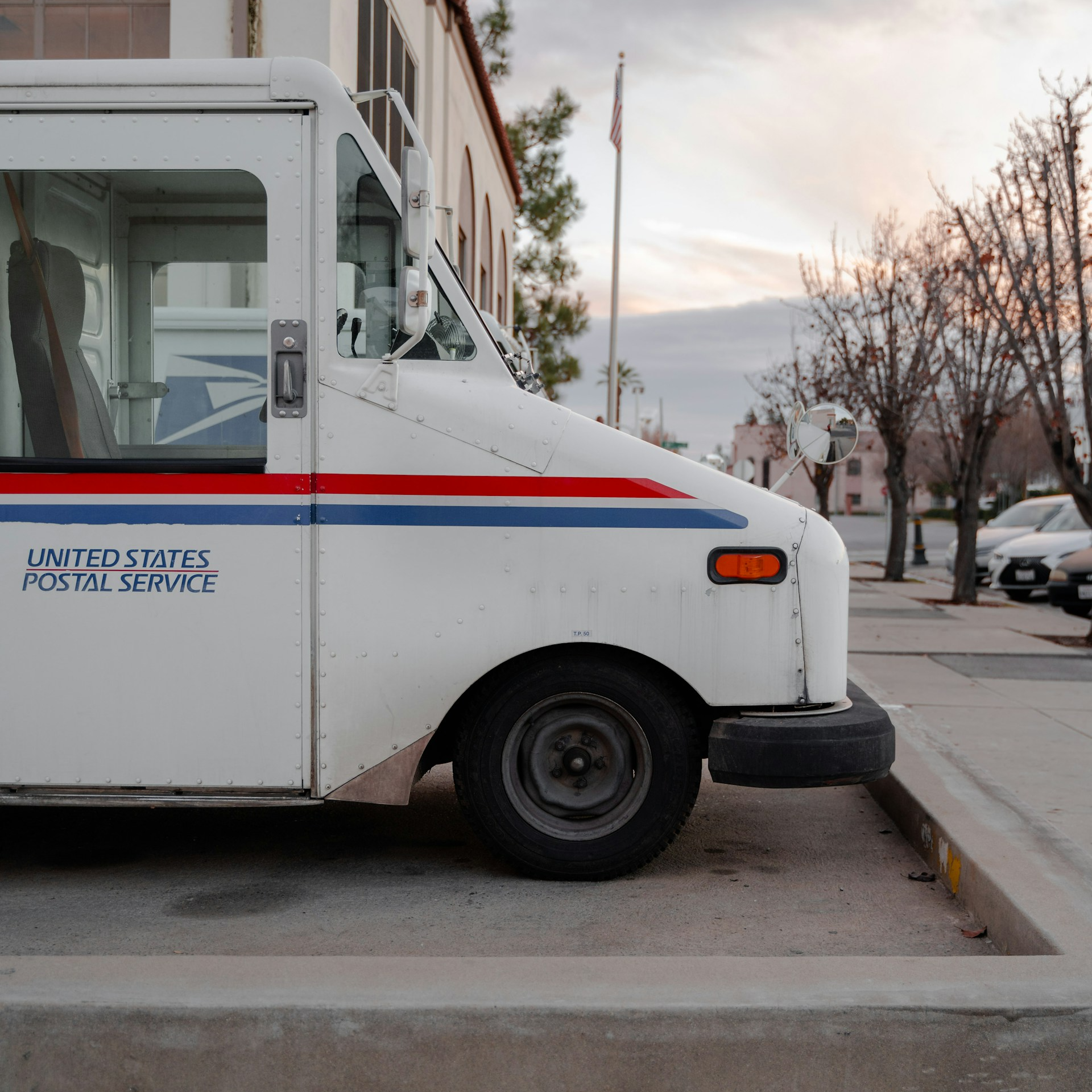Key Takeaways
-
Understanding how PSHB and Medicare Part D work together can help you significantly reduce your out-of-pocket prescription drug expenses.
-
Knowing the timelines, cost-sharing structures, and eligibility requirements ensures you get the most out of your benefits.
Making Sense of PSHB and Medicare Part D
Navigating your healthcare benefits as a Postal Service Health Benefits (PSHB) enrollee becomes much simpler when you know how PSHB integrates with Medicare Part D. Both programs have distinct roles in covering prescription drugs, and when used together, they provide significant savings on medication costs. Let’s break it all down so you can understand how they complement each other.
What PSHB Offers for Prescription Coverage
As a PSHB enrollee, your plan already includes prescription drug coverage, but the structure varies based on the specific plan you choose. Typically, PSHB plans include the following:
-
Tiers of Coverage: Medications are divided into tiers (e.g., generic, brand-name, specialty drugs), and your costs depend on the tier of your prescribed medication.
-
Cost-Sharing Mechanisms: This includes copayments, coinsurance, and deductibles, which are determined by whether you’re using in-network or out-of-network pharmacies.
-
Preventive Medications: Many PSHB plans cover preventive medications at reduced costs or no additional charge.
While this coverage is robust, it’s designed to work even better when combined with Medicare Part D. The integration ensures lower costs and wider access to medications, especially for high-cost prescriptions.
The Basics of Medicare Part D
Medicare Part D focuses entirely on prescription drug coverage. In 2025, Medicare Part D includes three main phases:
-
Deductible Phase: You pay the full cost of your prescriptions until you meet the deductible, which is capped at $590 this year.
-
Initial Coverage Phase: After meeting the deductible, you pay only a portion of the costs through copayments or coinsurance.
-
Catastrophic Coverage Phase: Once your out-of-pocket expenses reach $2,000, Medicare Part D covers 100% of your drug costs for the rest of the year.
By coordinating PSHB with Medicare Part D, these phases become easier to manage, often reducing your financial burden.
Eligibility and Enrollment Requirements
If you’re already enrolled in a PSHB plan, integrating Medicare Part D might seem complicated, but it’s actually straightforward. Here’s what you need to know:
-
Medicare Eligibility: You become eligible for Medicare Part D at age 65 or earlier if you qualify due to a disability.
-
Mandatory Enrollment: If you’re Medicare-eligible, PSHB plans require you to enroll in Medicare Part B, and many plans also integrate Medicare Part D benefits automatically.
-
Automatic Enrollment in EGWP: As a PSHB enrollee, you may be automatically placed into an Employer Group Waiver Plan (EGWP), which is a Medicare Part D plan tailored to PSHB participants. This simplifies your coverage by integrating your benefits.
You must ensure that your enrollment timelines align to avoid gaps in coverage or late penalties.
Cost-Saving Benefits of Combining PSHB and Medicare Part D
One of the biggest advantages of combining these programs is the financial relief they offer. Let’s look at the cost-saving mechanisms:
Reduced Out-of-Pocket Costs
With the $2,000 annual out-of-pocket cap under Medicare Part D, high drug costs are much more manageable. When PSHB coverage is layered on top of this, your expenses for certain medications—especially brand-name or specialty drugs—can drop significantly.
Waived or Lower Deductibles
Some PSHB plans waive deductibles and reduce copayments for enrollees who also have Medicare. This means you could start saving immediately without needing to meet a large upfront cost.
Comprehensive Pharmacy Network
Both PSHB and Medicare Part D offer extensive pharmacy networks, ensuring you have access to prescription drugs whether you’re filling them locally or through mail-order services. Enrolling in both programs expands your options and increases convenience.
Avoiding Penalties and Gaps in Coverage
To get the full benefit of PSHB and Medicare Part D, it’s crucial to avoid common pitfalls that can lead to higher costs or coverage issues.
-
Late Enrollment Penalties: If you delay enrolling in Medicare Part D when first eligible, you’ll face a late penalty. This amount increases the longer you wait.
-
Coordination of Benefits: Ensure your PSHB and Medicare Part D plans are properly coordinated. Typically, Medicare becomes the primary payer, and PSHB acts as secondary coverage, filling in the gaps.
-
Monitor Deadlines: Open Enrollment for Medicare runs from October 15 to December 7 each year. This overlaps with the PSHB Open Season, which ends December 13, giving you ample time to review and align your plans.
Maximizing Your Prescription Drug Benefits
To make the most of your combined coverage, follow these steps:
Step 1: Review Your Plan Options
During the PSHB Open Season, compare plan brochures to identify the options that offer the best integration with Medicare Part D. Look for plans that:
-
Waive deductibles for Medicare enrollees.
-
Include reduced copayments and coinsurance.
-
Cover the full range of your prescription drug needs.
Step 2: Use In-Network Pharmacies
Staying within your plan’s pharmacy network ensures you’re paying the lowest possible costs for your medications. Many plans also include preferred pharmacies that offer even deeper discounts.
Step 3: Keep Track of Prescription Costs
Monitor your expenses throughout the year. Once your out-of-pocket costs hit $2,000, Medicare Part D takes over, saving you even more. Use plan tools or apps to keep tabs on your spending and coverage status.
Step 4: Leverage Preventive Care
Take advantage of preventive drug benefits included in PSHB plans. These can save you money by covering medications you need to manage chronic conditions, reducing the likelihood of costly complications later.
Understanding the Coordination Process
When both programs work together, PSHB often acts as secondary coverage to Medicare Part D. Here’s how it typically works:
-
Primary Coverage: Medicare Part D pays first, covering the bulk of your prescription costs during the initial coverage phase.
-
Secondary Coverage: PSHB then steps in to cover costs that Medicare doesn’t pay, such as copayments, coinsurance, or drugs not included in the Part D formulary.
-
Streamlined Claims: Coordination between the two programs is usually automatic, meaning you won’t need to file claims manually.
By understanding this process, you can reduce stress and focus on getting the medications you need.
Key Considerations for 2025 and Beyond
With the elimination of the Medicare Part D “donut hole,” 2025 brings even more value to enrollees. However, there are still important details to keep in mind:
-
Rising Deductibles: While the out-of-pocket cap is a major benefit, the $590 deductible for Medicare Part D requires upfront planning.
-
Changes to Supplemental Benefits: Medicare Advantage plans often adjust their benefits annually, so review these changes to ensure compatibility with PSHB.
-
Future Cost Projections: While premiums and costs fluctuate yearly, the overall structure of PSHB and Medicare Part D ensures stability for most enrollees.
Making the Most of Your Prescription Drug Coverage
When you coordinate your PSHB benefits with Medicare Part D, you’re not just managing costs—you’re optimizing your entire healthcare experience. By understanding the interplay between these two programs, you’ll be better equipped to handle changes, avoid penalties, and maximize your savings. Review your options during Open Season and consult with your plan’s customer service for further assistance.










